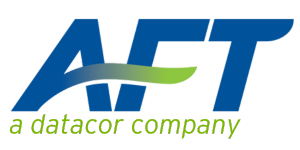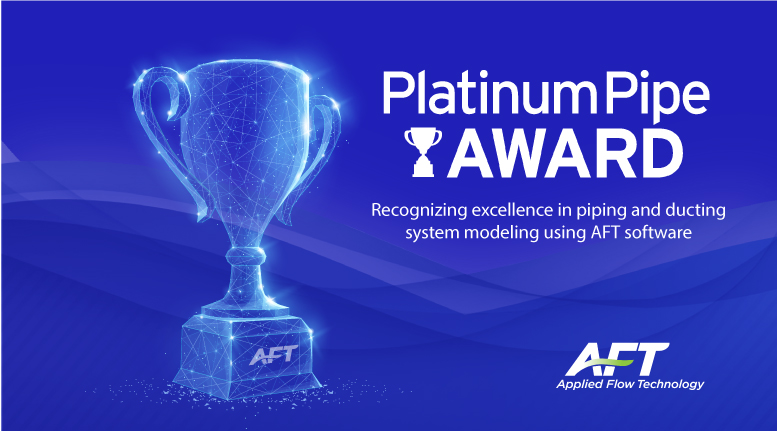AFT Blog
Released on June 30, 2025, Datacor's latest upgrade delivers powerful enhancements across its Pipe Flow Modeling Software suite—Fathom, Arrow, Impulse, and xStream. Designed to accelerate workflows, improve model accuracy, and provide deeper engineering insight, these new features span everything from smart automation to cross-application integrati...
As gases flow through pressure reducing devices, the pressure drops and the gas expands, experiencing irreversible energy losses. At these locations, the gas undergoes turbulent mixing and deflects off the pipe walls at high velocities. If the flow is sonically choked due to the restricting device, the flow must also pass through a standing shockwa...
Do you really understand what's happening throughout your chemical processing system? In all applications, but especially with chemical processing, it's important to understand how your system is behaving and to ensure the requirements for the system, including temperature, environmental influences, pressure, flow, etc. are met. AFT addresses pipe ...
For incompressible hydraulic analysis, an easy way to quantify basic to advanced modeling is the presence and scope of heat transfer. Basic models are isothermal, where the temperature of the working fluid doesn't change. This makes calculations simpler as the density won't be altered. The intermediate level would be to introduce heat transfer to a...
The Settling Slurry Module (SSL) for AFT Fathom and AFT Impulse has long been used to model complex systems with settling slurries in a range of industries. Previously all slurry models were variations of the Wilson, Addie, Clift method requiring differing levels of user input to use. The release of AFT Fathom 13 and AFT Impulse 10 has brought with...
Classically, hydraulic loss tends to be categorized as major losses, which are due to friction between the fluid and the pipe's inner surface, and minor losses, which are due to entrances, exits, fittings, and other component effects. Losses due to friction tend to have a greater impact on the hydraulic resistance and this could be the main reason ...
AFT introduced the Design Alert Manager in 2015 and it has proven to be a highly valuable tool to better organize Design Alerts within AFT model files. With the 2023 releases of all AFT products, the Design Alert Manager has been reorganized to improve the process of creating and applying user-defined alerts. It is now much...


